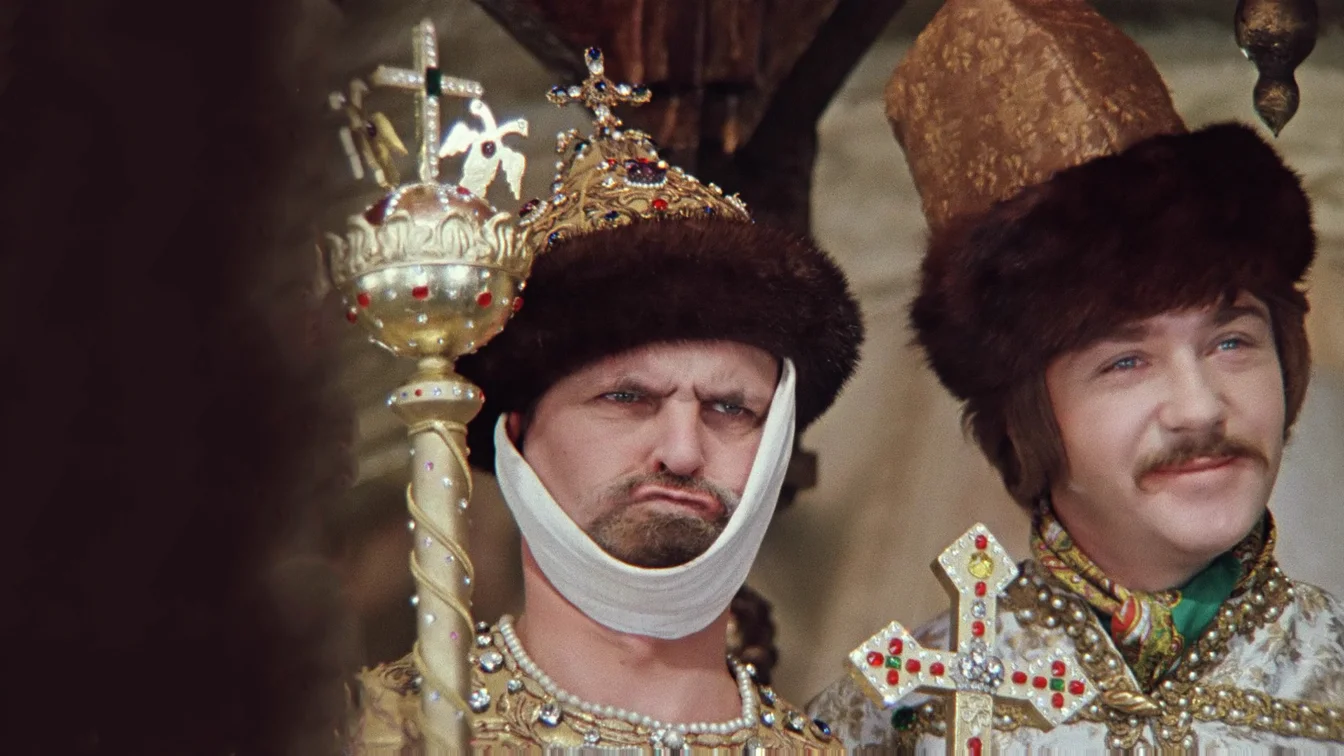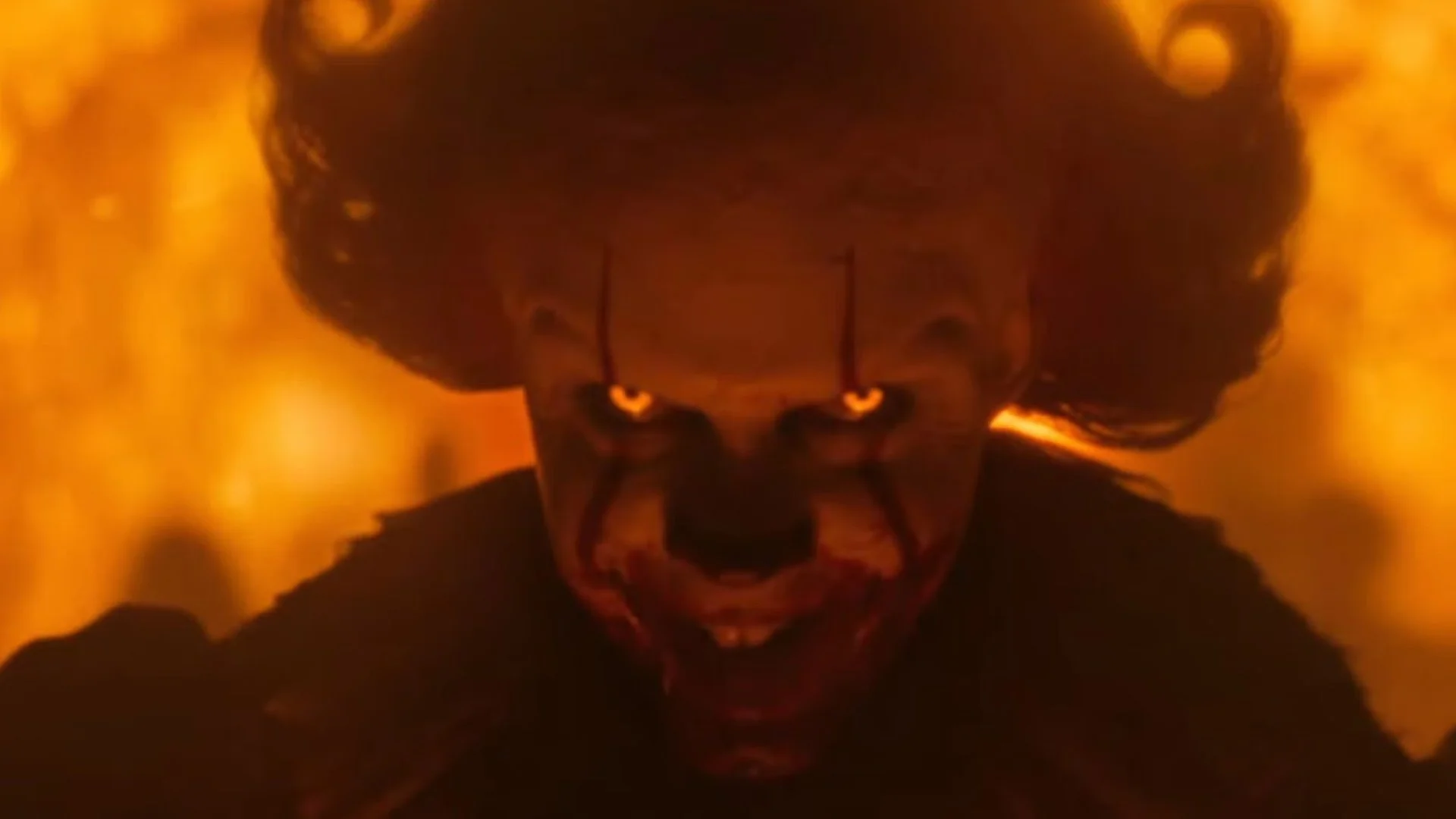“Of all the arts, cinema is the most important to us,” said VI Lenin. Perhaps that is why the state paid special attention to cinema, and many films of the Soviet era reached the audience only after numerous edits or did not reach them at all.
Almost everything that streaming platforms fill today is banned.
Intimate scenes (even the most innocent), criticism of the authorities, alcohol, religion, the real financial situation of certain segments of society, and other subjects that did not fit the realities of the new world built by the Soviet government were made taboo. .
From the strict censorship that reigned in the USSR at that time, “Prisoner of the Caucasus”, “Ivan Vasilyevich changes his profession”, “Kin-dza-dza” and “Pokrovsky Gates”, “Diamond Hand”, “Love and Pigeons” suffered at once, and this if the films were lucky enough to withstand the reduction of only individual episodes or copies, then with the light hand of the Central Committee of the CPSU, some films were considered banned and were shelved.
This happened, for example, with the second full mistress of Andrei Konchalovsky “The Tale of Asya Klyachina, who loved but did not marry.” For him, it was an attempt to rethink the theme of the Russian village, which returned to Soviet cinema in the 60s – as a result, we have a love story between docile and proudly lame Asia. the unlucky driver Stepan is against the backdrop of the fate of frontline soldiers and former camp prisoners.
Their life was not embellished with ideology, and it turns out that a Soviet person can be unhappy too. And, of course, this could not be allowed in the ranks of the USSR leadership, so “Asian Klyachin” had to be shelved until 1987.
By the way, even foreign films were censored, and without this they entered the Soviet Union in small quantities. Because of this, Frank Lloyd’s Rebellion on the Bounty lost 53 minutes of beach scenes with the locals and the horrors of marine life, and Bernardo Bertolucci’s The Conformist came to the audience in a radically different form from the original. For example, the opening credits with the scene in bed, the obscene part in the train compartment disappeared from the movie, and the whole picture was re-arranged in chronological order. Moreover, due to the lack of color films, the Soviet audience saw only a black and white copy of The Conformist. By the way, no exceptions were made even for the friends of the USSR, and 25 minutes were cut with nude shots from Kaneto Shindo’s film “To Live Today, Die Tomorrow”, despite the fact that the picture won the gold award. Moscow Film Festival (MIFF), where he is a frequent guest, including the author of the tape.
What other examples of uncompromising Soviet censorship does Russian film history know?
“Caucasian Prisoner”
Leonid Gaidai had to adapt to the rules dictated from above at the stage of shooting. Therefore, the name of the character Vladimir Etush had to be changed from Okhokhov to Saakhov – this is because the original version was compatible with the name of Aslanbi Akhokhov, Chairman of the Cabinet of Ministers of the Kabardino-Balkarian SSR. Further – more, and at the reception of the film’s director of the cinematography committee, Alexei Romanov, in Goskino, he spoke of the film as “ugly anti-Soviet”. Firstly, Goskino did not appreciate the hint of Joseph Vissarionovich Stalin in the same character of Vladimir Etush, who had boots, military trousers, tunics and a hand hidden behind his back. Second, in court they asked for the episode to be removed from the movie, but it was fortunate that it was still left with minor edits: The adjective “Soviet” in the commentary about the world’s most humane court was replaced with the pronoun. Ours”. After that, the picture was reluctantly, but still allowed to be shown, and a few days later it was given to the highest rental category. And all because the “Prisoner of the Caucasus” was among the first to be appreciated by the party’s general secretary Leonid Brezhnev, and for great comedy in a personal conversation Thanks to Goskino.
“Ivan Vasilyevich changes his profession”
Most importantly, the strict censorship advice in Ivan Vasilievich comically frightened the image of the tsar. Several episodes had to be cut or changed from the film with the participation of Yuri Yakovlev. In particular, Ivan the Terrible in the approved version does not fry a cutlet, but during interrogation “Where do you live?” Answers: “In the Rooms” instead of the original “Moscow, Kremlin”. Later, by the way, several uncensored scenes were shown, but already in the Black Gloves video.
“Diamond Arm”
After watching “The Diamond Hand”, the editorial department of the State Film Agency presented Leonid Gaidai with a list of about 40 censors. Sex, alcohol, obscure songs, hilariously a representative of the authorities (house manager) and a nuclear explosion at the end (by the way, the director deliberately added to distract the commission) Leonid Gaidai with a scandal. As he planned, it was the most requested explosion in Goskino, and the director said that Svetlana Svetlichnaya would prefer to cut her heroine – as a result, to survive the original finale. the committee agreed to leave Svetlichnaya, and songs and “Russian tourist, in the guise of morale” . But a nuclear explosion along with other claims about the movie didn’t help.
For example, the scene in which the heroine Nonna Mordyukova says, “I wouldn’t be surprised if you find out that your husband is sneaking into the synagogue tomorrow,” had to be re-recorded, however, due to the taboo on the Jewish theme in the film. This is how the Soviet Union – “synagogue” turned into “mistress”.
By the way, this story continued in 1986, when, after the retirement of the head of the USSR State Radio and Television Sergei Lapin, Nonna Mordyukova found the original episode in the archive and insisted on the appearance of a new version of Diamond. Arm. In this way, the film has survived to the present day in two versions.
“Love and Pigeons”
At the moment “Love and Pigeons” appeared on the screens, a large-scale anti-alcohol campaign was taking place in the USSR. For this very reason, the classic of Soviet cinema, Alexander Zarkhi, would later say at the art council about the film: “Comrades, they looked at the film in Goskino and thought that if drunkenness was removed from the picture, then everything would happen. would be order. Drunkenness is no longer a ridiculous act, it has become a human tragedy. That’s why you can’t take him so lightly.” A scandal broke out: with new promotions, the role of Sergei Yursky would have to be cut almost completely, and when the director of the film, Vladimir Menshov, refused to go to the editing, he was removed from the editing. But this did not help: the reassembled version also did not fit into the commission. and the film’s author went back to work on the tape, albeit to get rid of some scenes.For example, the scene disappeared from the picture when a random passerby drank six glasses of beer left on the pier in one gulp.
Source: People Talk
Errol Villanueva is an author and lifestyle journalist who writes for The Fashion Vibes. With a passion for exploring the latest trends in fashion, food, travel, and wellness, Errol’s articles are a must-read for anyone interested in living a stylish and fulfilling life.





